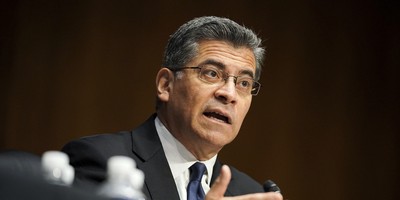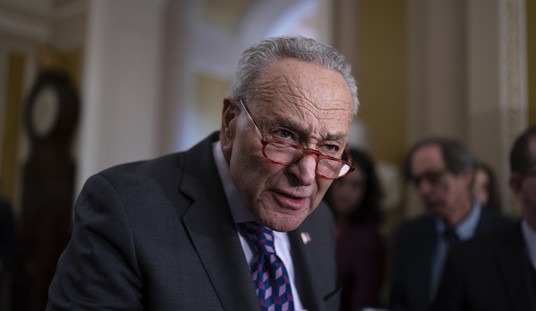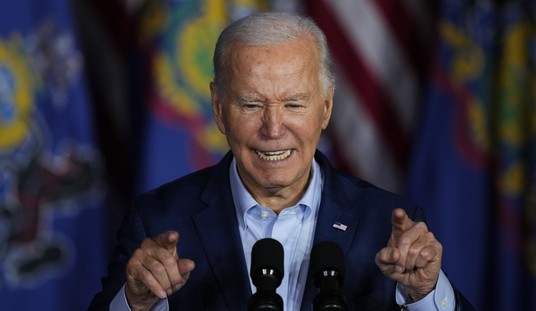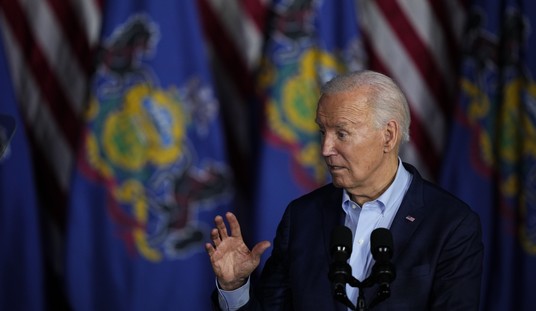The $787 billion stimulus law President Barack Obama signed last year included a $100 billion bailout for the nation's public schools. Last week, Senate Health, Education, Labor and Pensions Chairman Tom Harkin, the Iowa Democrat, proposed yet another bailout for public schools. This one carries a $23 billion price tag and would cover only the coming school year.
Education Secretary Arne Duncan old Congressional Quarterly there could be "between 100,000 and 300,000 layoffs" in the public schools without Harkin's bailout, which the Obama administration supports.
"We absolutely see this as an emergency," Duncan told The New York Times.
"Emergency" is a political term of art here -- one that could lead to a long-term impact on the future tax bills of Americans. Harkin, according to the Boston Globe, is planning to move his bailout through Congress as an "emergency" spending measure. That means it would be immune from the pay-go rule Congress passed earlier this year that theoretically requires Congress to either raise taxes or cut spending elsewhere to pay for any new spending proposal.

In other words, the $23 billion Harkin wants to hand over to public schools would not come from cutting something somewhere else in President Obama's unprecedented $3.8 trillion fiscal 2011 budget. It would come from new borrowing.
That would be on top of the $9.8 trillion Obama is already planning to borrow over the next 10 years.
Harry Reid, according to Congressional Quarterly, has already agreed to bring Harkin's bailout bill to the floor for a vote.
Recommended
American should send Harkin, Duncan, Reid and Obama a simple message: no more bailouts for the public schools.
The bottom line is this: American taxpayers have already given too much to our underperforming public schools. If a crunch forces them to permanently restructure, that is a good thing.
Over the past several decades, Americans have paid ever more in taxes to fund public schools that have not improved in their performance.
The Department of Education itself has documented this. In "The Condition of Education 2009" report, published last May, the National Center for Education Statistics revealed that inflation-adjusted per-pupil costs in public elementary and secondary schools rose by 31 percent between the 1989-90 school year and the 2005-2006 school year.
In 1989-90, American public schools spent $8,627 per student (in constant 2007-2008 dollars). In 2005-2006, they spent $11,293 per student (in 2007-2008 dollars). Where did all that money go? The largest chunk went to salaries, which absorbed $5,917 per student in 2005-2006.
Think about that: For every single student sitting at a desk somewhere in a public school, taxpayers as of 2006 were paying $5,917 in salaries for school employees. If there were 20 students in a classroom and the $5,917 in salary money for each went solely to the teacher, the teacher would have earned $118,340.
On top of the $5,917 in salary, the government also paid $1,904 in benefits. So, for a classroom of 20 children, government paid 38,080 in benefits -- for a combined salary and benefits package of $156,420 for each classroom of 20 students. And that does not count the $937 per student in "purchased services," the $795 per student in "supplies," the $1,243 per student for "capital outlays" and the $311 per student in interest on public-school debt.
What did taxpayers get in return for all that? They got flat-lining performance.
Every few years, the Department of Education gives students around the country National Assessment of Educational Progress tests in basic subjects such as reading and math. In 1980, 17-year-old students in public schools scored 284 out of 500 on the NAEP math test. In 2008, they also scored 284 out of 500. In 1990, when spending was 31 percent less than it was as of 2006, 17-year-olds scored 289 out of 500 in math. That was the highest they scored in 30 years.
Reading scores were similar. In 1978, 17-year-olds in public school scored 300 out of 500 in reading. In 2008, their scores climbed all the way up to ... 305. In 1990, they scored 304.
Catholic school students did a little better than public school students in both reading and math, three decades ago as well as in 2008.
Here is a simple solution to the public-school budget crisis: Give every parent in America a voucher worth 70 percent of what the public schools spend per pupil. Let them redeem it at any school public or private. The public schools will get a lot smaller -- but there will be plenty of new jobs available at the private schools for talented people who want to dedicate their lives to education.
























Join the conversation as a VIP Member